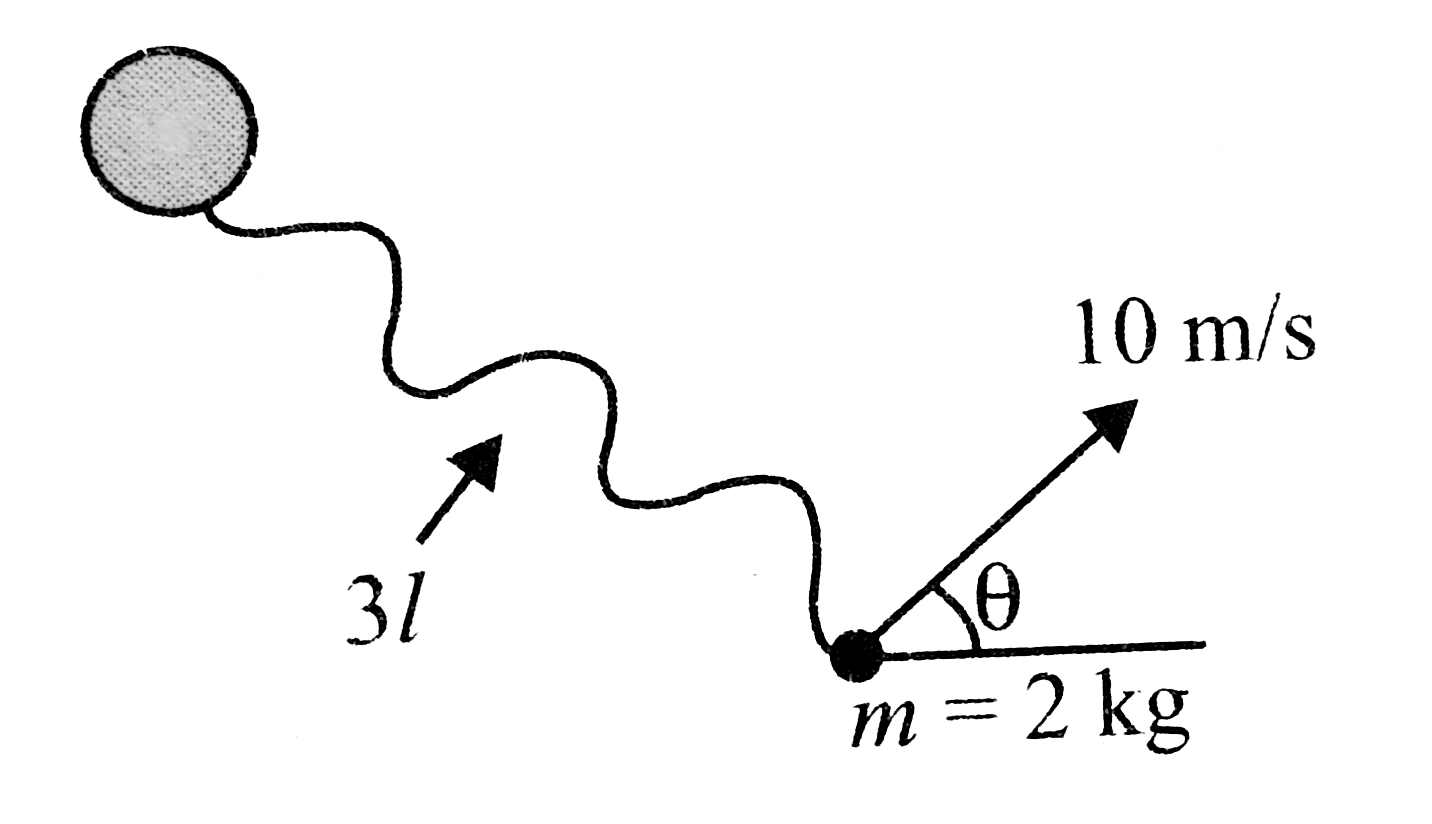Thin strings in a guitar give a higher pitch than a thick string.
To understand why thin strings in a guitar produce a higher pitch than thick strings, we can break down the explanation into several steps:
1. Understanding String Thickness:
- The thickness of a string is determined by its diameter. A thick string has a larger diameter compared to a thin string.
2. Vibration of Strings:
- When a string is plucked, it vibrates to produce sound. The frequency of these vibrations determines the pitch of the sound produced.
3. Effect of Thickness on Vibration:
- Thicker strings have more mass and therefore vibrate more slowly compared to thinner strings. This is because the greater mass requires more energy to set into motion.
4. Frequency and Pitch Relationship:
- The frequency of vibration is inversely related to the pitch. This means that as the frequency increases, the pitch becomes higher. Conversely, as the frequency decreases, the pitch becomes lower.
5. Conclusion:
- Since thin strings vibrate faster due to their lower mass, they produce a higher frequency sound, resulting in a higher pitch. In contrast, thick strings vibrate more slowly, producing a lower frequency sound and thus a lower pitch.
Final Statement:
Therefore, it is true that thin strings in a guitar give a higher pitch than thick strings, while thick strings provide a lower pitch.
---
- The thickness of a string is determined by its diameter. A thick string has a larger diameter compared to a thin string.
- When a string is plucked, it vibrates to produce sound. The frequency of these vibrations determines the pitch of the sound produced.
- Thicker strings have more mass and therefore vibrate more slowly compared to thinner strings. This is because the greater mass requires more energy to set into motion.
- The frequency of vibration is inversely related to the pitch. This means that as the frequency increases, the pitch becomes higher. Conversely, as the frequency decreases, the pitch becomes lower.
- Since thin strings vibrate faster due to their lower mass, they produce a higher frequency sound, resulting in a higher pitch. In contrast, thick strings vibrate more slowly, producing a lower frequency sound and thus a lower pitch.
Therefore, it is true that thin strings in a guitar give a higher pitch than thick strings, while thick strings provide a lower pitch.
Topper's Solved these Questions
- BOOK - ICSECHAPTER - SOUNDEXERCISE - Exercises (Section II) Short answer questions6videos
SOUND
- BOOK - ICSECHAPTER - SOUNDEXERCISE - Exercises (Section II) Long answer questions6videos
SOUND
- BOOK - ICSECHAPTER - SOUNDEXERCISE - Exercises (Section I) Choose the correct option to fill in the blank.7videos
SOUND
- BOOK - ICSECHAPTER - PHYSICAL QUANTITIES AND MEASUREMENT EXERCISE - Picture Study3videos
PHYSICAL QUANTITIES AND MEASUREMENT
- BOOK - ICSECHAPTER - WORK AND ENERGYEXERCISE - Picture Study3videos
WORK AND ENERGY
Similar Questions
In a stretched string.
View SolutionString-1 is connected with string-2. The mass per unit length in string-1 is μ1 and the mass per unit length in string-2 is 4μ1. The tension in the strings is T. A travelling wave is coming from the left. What fraction of the energy in the incident wave goes into string-2 ?
 View Solution
View SolutionA string of length 3l is connected to a fixed cylinder whose top view is shown in Fig. The string is initially slack. The other end of the string (connected to a marble) is moving at a constant velocity of 10m/s as shown. The string will get stretched at some instant and impulsive tension occurs in the string. If hinge is exerting a force of 40000N for 0.25ms on the cylinder to bear up the impact of impulsive tension, then mark the correct statements. (Take string to be light, breaking tension of the string is 2x105N)
 View Solution
View Solution"The strings used in a sitar are of different thickness and different materials." Why?
View SolutionA kite is flying at a height of 60m above the ground. The string attached to the kite is temporarily tied to a point on the ground. The inclination of the string with the ground is 60∘ . Find the length of the string assuming that there is no slack in the string.
View SolutionGuess which has a higher pitch : a guitar or a car horn ?
View SolutionThe plucked string of a guitar has vibratory motion .
View SolutionStatement-1 : Strings of a guitar have different diameters.
Statement-2 : String with least diameter produce the lower notes.View SolutionWhich one would have a lower pitch: a small thinner string under tension, or a long thicker string under not much tension?
View SolutionTwo strings (1) and (2) of equal thickness are made up of the same material. The length of the first string (1) is half that of the second string (2), while tension is (1) is twice that in the string, (2). Compare the velocities of the transverse waves on them.
View Solution

